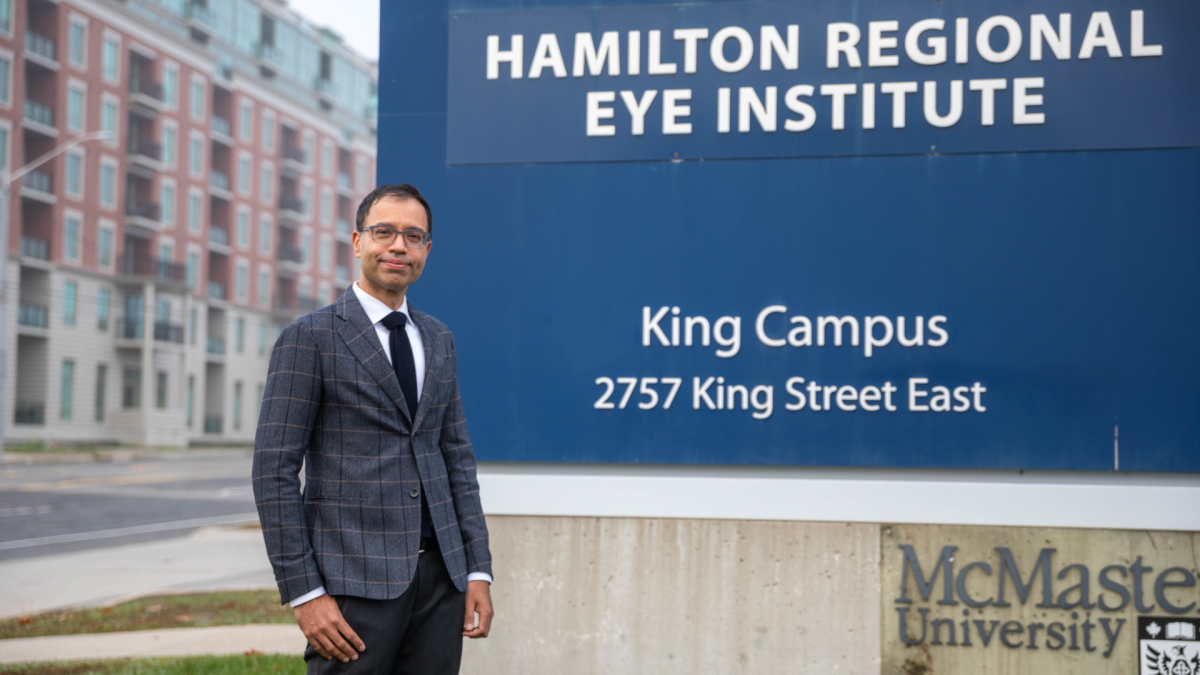A Hamilton-based opthalmologist and professor of surgery at McMaster University is set to lead a comprehensive study into age-related macular degeneration (AMD) — a top cause of vision loss and legal blindness in Canadians aged 55 and older.

With help from a $750,000 boost in funding from the Juravinski Research Institute (JRI), Dr. Varun Chaudhary, Chief of Ophthalmology at St. Joe’s will lead a team spearheading a probe into not only the prevalence of AMD among Canadians but hopefully shed light on genetic and lifestyle risk factors linked to developing it.
“Assessing AMD on a national level has never been done before, and data supports there are a number of environmental, behavioural and genetic risk factors for the disease,” Chaudhary said.
“Given the multicultural nature of the Canadian population, fully understanding the disease load among Canadians can help our healthcare system address current and future care needs for AMD.”
The radiographic evidence study of age-related macular degeneration, or R.E.A.D. study, will examine a randomized selection of retinal images and biomarkers from around 8,000 test subjects enrolled in an ongoing age study to “measure and quantify” the progression of the disease.

Get weekly health news
“We anticipate once we get going, once we have all the infrastructure set up, that the study itself hopefully will take about a year to do,” Chaudhary told Global News.
“We’re hoping in the next couple of years to have much more meaningful data from our study that allow us to understand the burden of the disease within Canada.”
Chaudhary says 90 per cent of Canadians diagnosed with AMD have the “dry” form of the disease, which occurs in the macula — a small area of the retina at the back of the eye.
About 10 per cent suffer from “wet” AMD, which can cause fluid buildup around the retina and hemorrhages around the macula.
“For the last 10-15 years, we’ve had treatment options for wet AMD in the form of injections. But for the vast majority of people living with dry AMD, there are still no effective treatment options to help slow or limit vision loss,” Dr. Chaudhary explained.
“Our hope is to change that by better understanding the nature and evolution of this disease.”
Data from the Hamilton Regional Eye Institute (also known as the Hamilton Eye Clinic) estimates 2.5 million Canadians are living with AMD and the disease is projected to affect 288 million people globally by 2040.













Comments